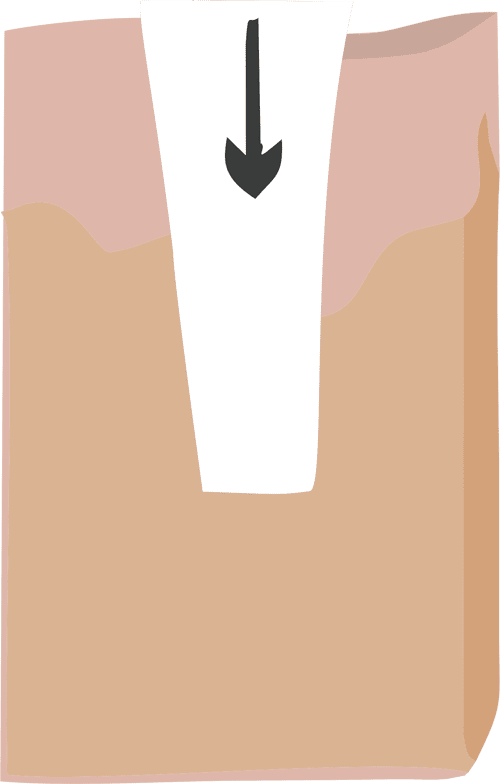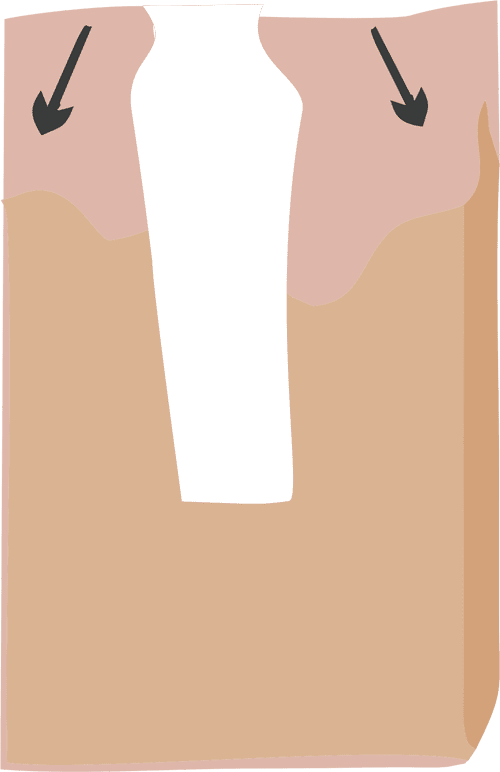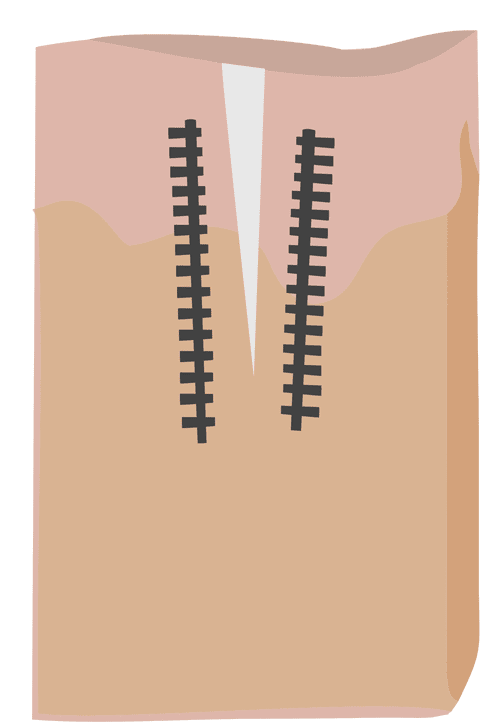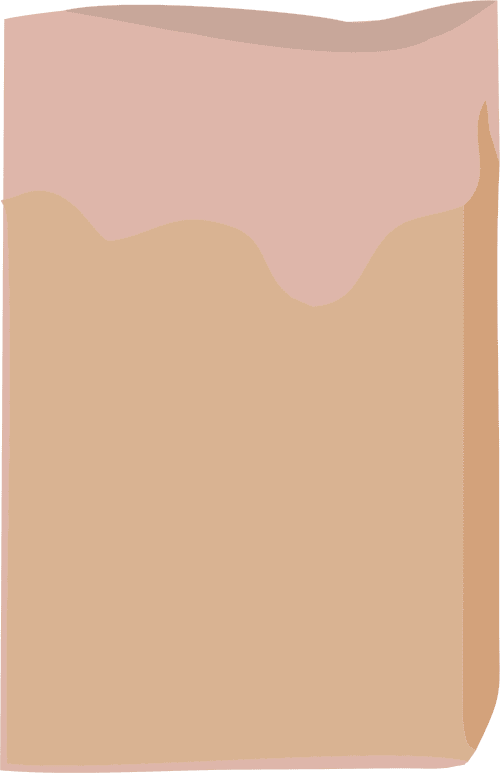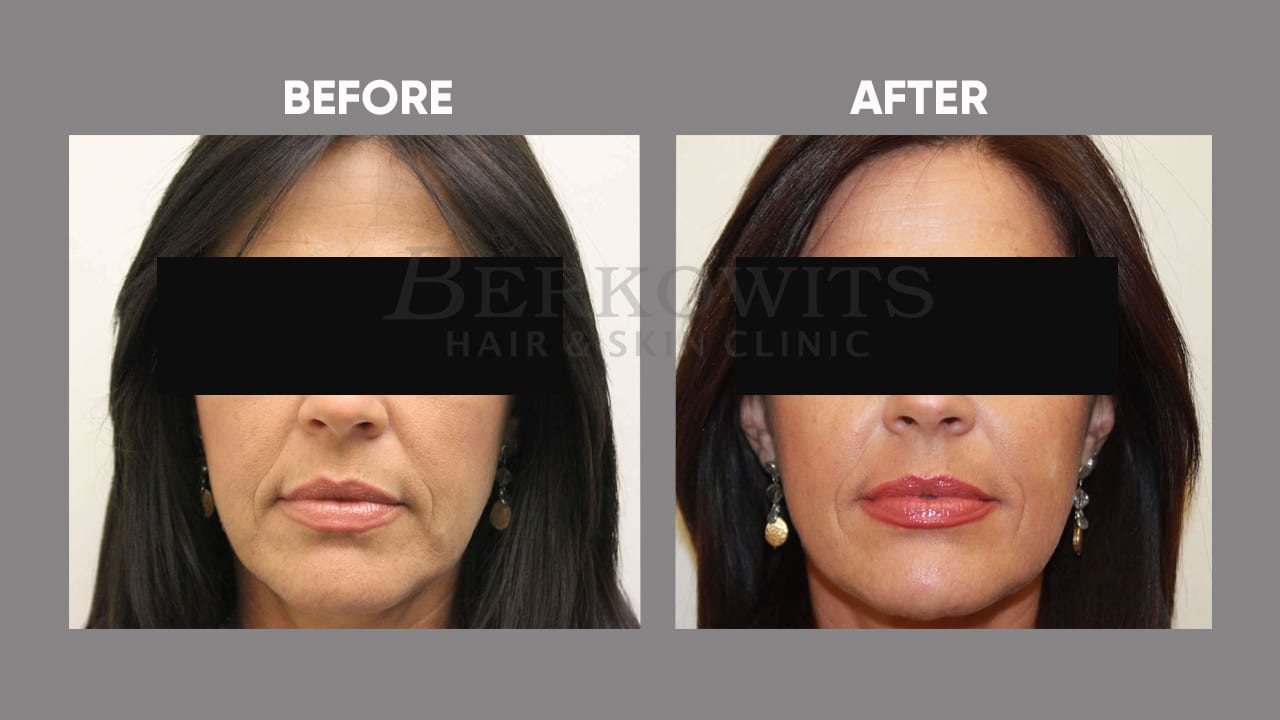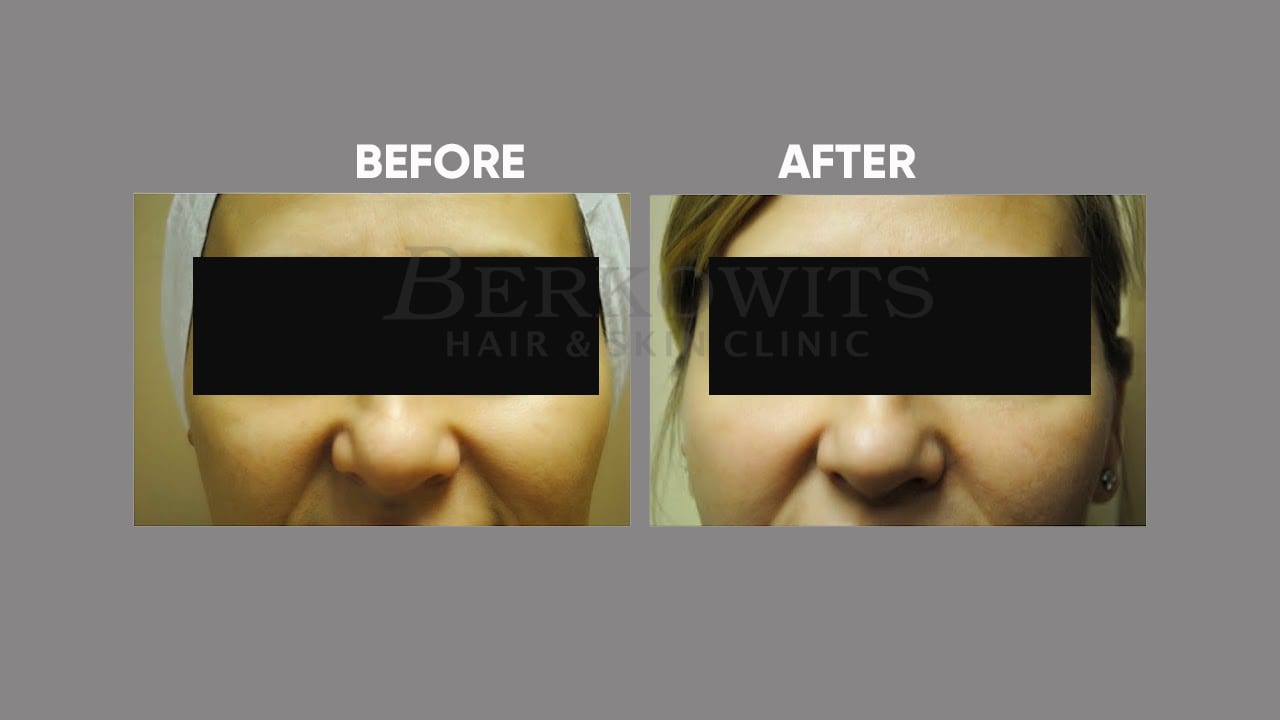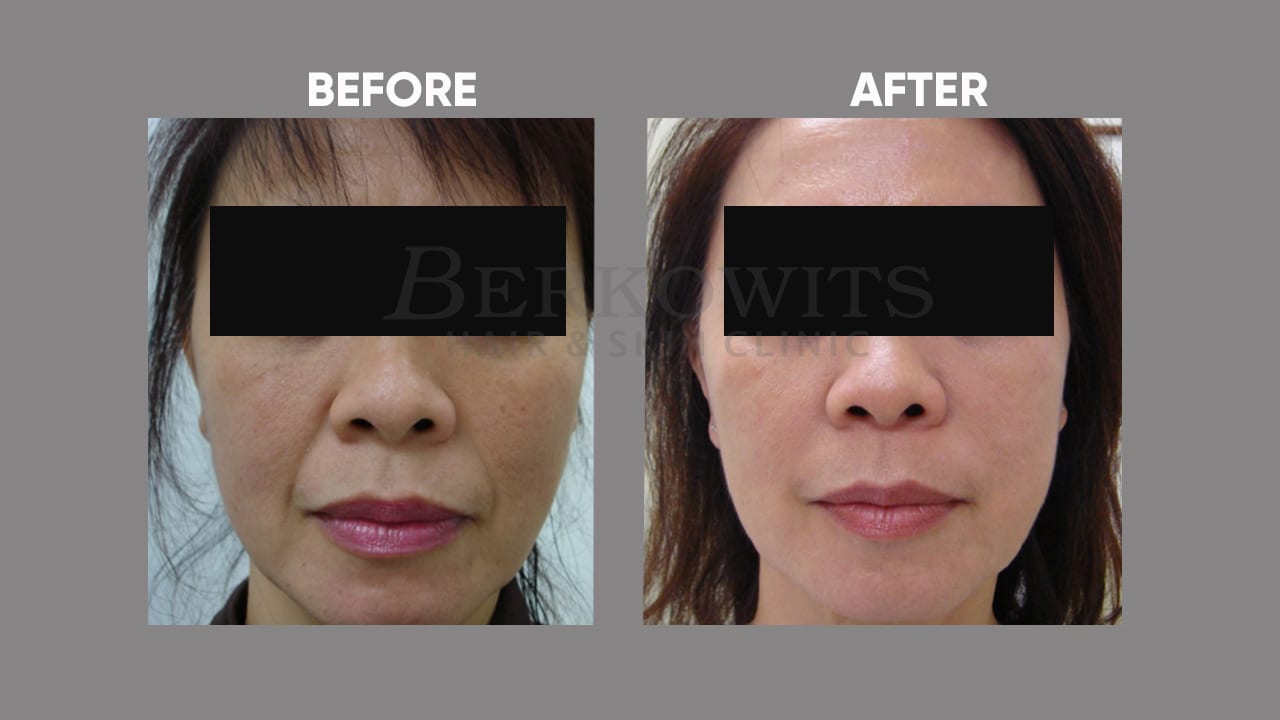Laser Skin Resurfacing uses the skin’s natural ability to rejuvenate itself to treat fine lines, wrinkles, scars, stretch marks, and open pores.
Laser skin resurfacing is a form of skin laser treatment performed by a physician or a physician. To put it quite simply, lasers are used with the purpose of improving the appearance and texture of the skin.
How does it Work?
Laser Skin Resurfacing relies on the principle of collagen remodeling. It involves making tiny punctures in the skin using the laser. This leads to new cell regeneration and smoother, tighter and more vibrant skin.
The procedure has the laser targeting the outer layer of skin while also heating the layers of skin below. This is done to promote collagen production. Collagen fibres help in producing smoother and firmer skin.
Possible side effects and risks
As is the case with all cosmetic procedures, laser skin resurfacing does pose a few inherent side effects. Some of them are burning, bumps, rash, swelling, infection, hyperpigmentation, scars and redness. Following the doctor’s pre-care and post-care instructions do certainly help in reducing the risk of these complications arising. Also, based on a person’s medical history, they may be prescribed a precautionary antibiotic or some antiviral medication. Laser skin resurfacing acne scars are also a risk.
Period after procedure
Generally, for such a procedure, time is an important factor. Normal skin treatment procedures take 3-10 days to heal but the bigger the treatment area, the longer the recovery time. Sometimes, the healing period can take up to three weeks to complete. It is recommended to use ice packs on the treated area to reduce any swelling or rise of slight peeling.
Also, a patient would need to adjust their daily skin care routine in accordance with the procedure. It is recommended to treat the area two to five times per day, using a vinegar-based or saline solution. Using a moisturiser daily does help in the healing process. Get the correct information from the doctor about which solution works best for your individual skin.
Also, it is important to apply new dressings to ensure the skin stays clean.
What to expect from the results
Non-ablative laser treatments don’t have a great risk of side effects but require multiple treatments to produce the desired results. Conversely, Ablative lasers provide results in one treatment but have a greater risk of side effects.
Individual results do vary based on the extent of initial laser resurfacing treatment. The effects are better than those achieved through nonsurgical skin tightening. The results seen will last for several years following successful treatment. Remember though, the results are not permanent and a patient may need to repeat the procedure at some point.
It’s Safe and Effective!
The intensity of the treatment will be decided by your doctor after taking into consideration your lifestyle and your requirements.
Types of Lasers
Depending upon what a person needs or requires, advanced dermatology experts recommend two forms of laser skin resurfacing:
• Ablative
• Non-ablative lasers
Ablative lasers use carbon dioxide or Erbium. CO2 lasers are used to treat scars, wart, and deep wrinkles while Erbium takes care of finer lines, wrinkles and other basic skin ailments. Do note that ablative lasers remove the outside layers of the skin.
Non-ablative lasers, however, don’t remove any skin layers. The lasers used here are pulse light, fractional lasers and pulsed-dye lasers. Here, the lasers take care of spider veins, rosacea and acne-related skin problems. Aside from the aforementioned ailments treated by laser skin resurfacing, there are other skin care problems that can be treated like:
• Age spots
• Scars
• Acne scars
• Crow’s feet
• Fine lines and wrinkles
• Sagging skin
• Warts
• Enlarged oil glands
• Uneven skin tone.
Remember, this treatment may not be suitable for candidates with active breakouts of acne or excessive sagging skin.
Laser skin resurfacing costs do vary based on the number of sessions required and the area of the body being treated. Additionally, some dermatologists, including those who deal in skin tightening treatment in Delhi, might charge more with each session.
ResurFX
ResurFX laser is a newly approved laser skin resurfacing treatment that builds upon earlier laser skin resurfacing technology platforms like Fraxel in order to improve fine lines and wrinkles, soften scars, improve skin tone and texture and promote the growth of collagen. Another positive feature is results are seen with a minimal downtime period. Laser stretch mark removal is also possible. This is also an effective laser skin tightening treatment.
ResurFX treatment like this can greatly improve the appearance of sun-damaged and wrinkled skin. It is often the correct choice for mild acne scarring or for people who require visible skin improvement in a very short time period.
Results
FAQ's
What is Laser Skin Resurfacing?
Laser Skin Resurfacing is a cosmetic procedure
that uses a laser to remove damaged skin layers, and encourage new skin cell
growth. It helps to reduce the appearance of wrinkles, scars, and other skin
imperfections.
What are the benefits of Laser Skin Resurfacing?
The benefits of Laser Skin Resurfacing include
improving skin texture, reducing fine lines and wrinkles, reducing acne scars,
sun damage and blemishes, and promoting collagen production.
Is Laser Skin Resurfacing painful?
During the procedure, you may experience some
discomfort, which can be managed by a topical or local anesthetic. After the
procedure, there may be some discomfort, but it can be controlled with medication.
How long does it take to recover from Laser Skin Resurfacing?
Recovery time varies based on the
depth of the treatment. Superficial treatments may take up to a week to heal,
while deeper treatments may take two to three weeks. It is important to avoid
direct sunlight during the healing process.



